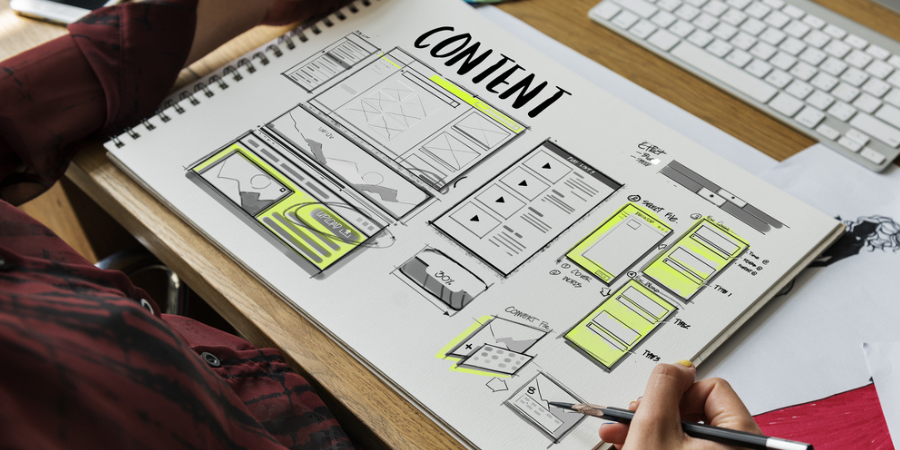
How fast does your website visitor understand what you do and how it helps them?
You’ve got about 7 seconds before they give up and go elsewhere, so that first thing they see had better tell them what they need to know.
That means that the first screen they see:
- Needs to have an explanatory headline
- Should feature a message that is about them, not about you
- Has images that support the message – not just be random eye-candy
- Has your contact information visible (some people want to talk to you rather than read)
If the message is targeted at your ideal customers more of them will explore further.
Make it easy to get around
A menu (navigation) should help your website visitor to find what they want. There are two aspects to great navigation:
- Idiot-proof titles on the navigation tabs
- Logical organisation of pages and groups of pages
If I had £1 for every website I’ve visited that has menu pages called – Our work; Our approach; Company profile; What we do; Who we are; etc. I’d be rich beyond imagination!
The words ‘our’ and ‘we’ have very little place on a website, especially on a menu – it’s not about you, it’s about your reader. Frankly, I don’t care about you and what you do – I want to know if you’ve got what I want.
Think of your products and services and sort them into key categories. You’re probably not in the same situation as Amazon where a menu is almost impossible as there are just too many categories. You don’t want more than about 7 or 8 tabs on your navigation – and that includes ‘Home’, ‘About’, ‘Blog’ and ‘Contact’. However, you can group all product selections or service offerings as sub-pages under a main category.
As different people approach the process of discovery in different ways, it’s also wise to offer people alternative routes to where they want to go. The simplest additional option is to add your core categories to the main area of your home page as clickable links, boxes or images.
To blog or not to blog
A blog has a few benefits. Firstly, it means you’re adding new content (hopefully, around your key words and phrases), which is good for search engine optimisation so your site appears more in searches.
Secondly, a blog gives you an opportunity to show off the depth and breadth of your knowledge, which influences the reader to want to work with you as an expert.
A blog also provides material to use on social media and in a newsletter to keep those people who are on your list conscious of the massive value you offer.
Featuring two or three recent blogs on your homepage as an image and headline and, maybe, a one line summary is a great way to attract people.
Make everything work for its place
Your home page is where you keep – or lose – new visitors. Make sure that everything on that page earns its place. If it doesn’t help people to connect with you it shouldn’t be there.
